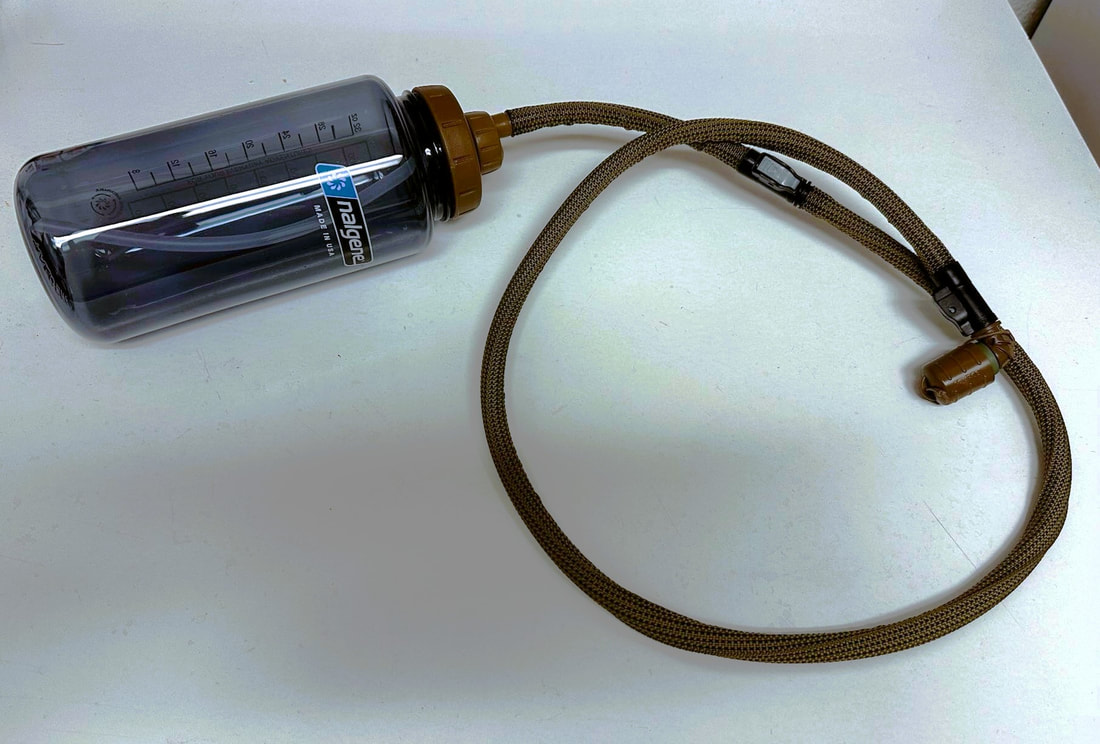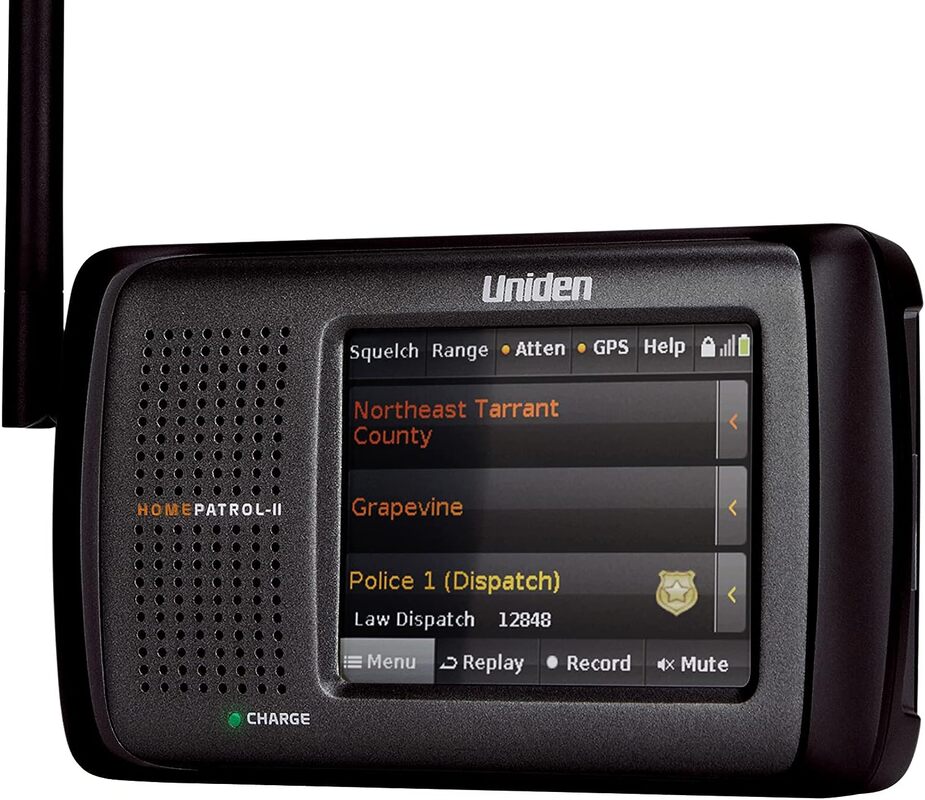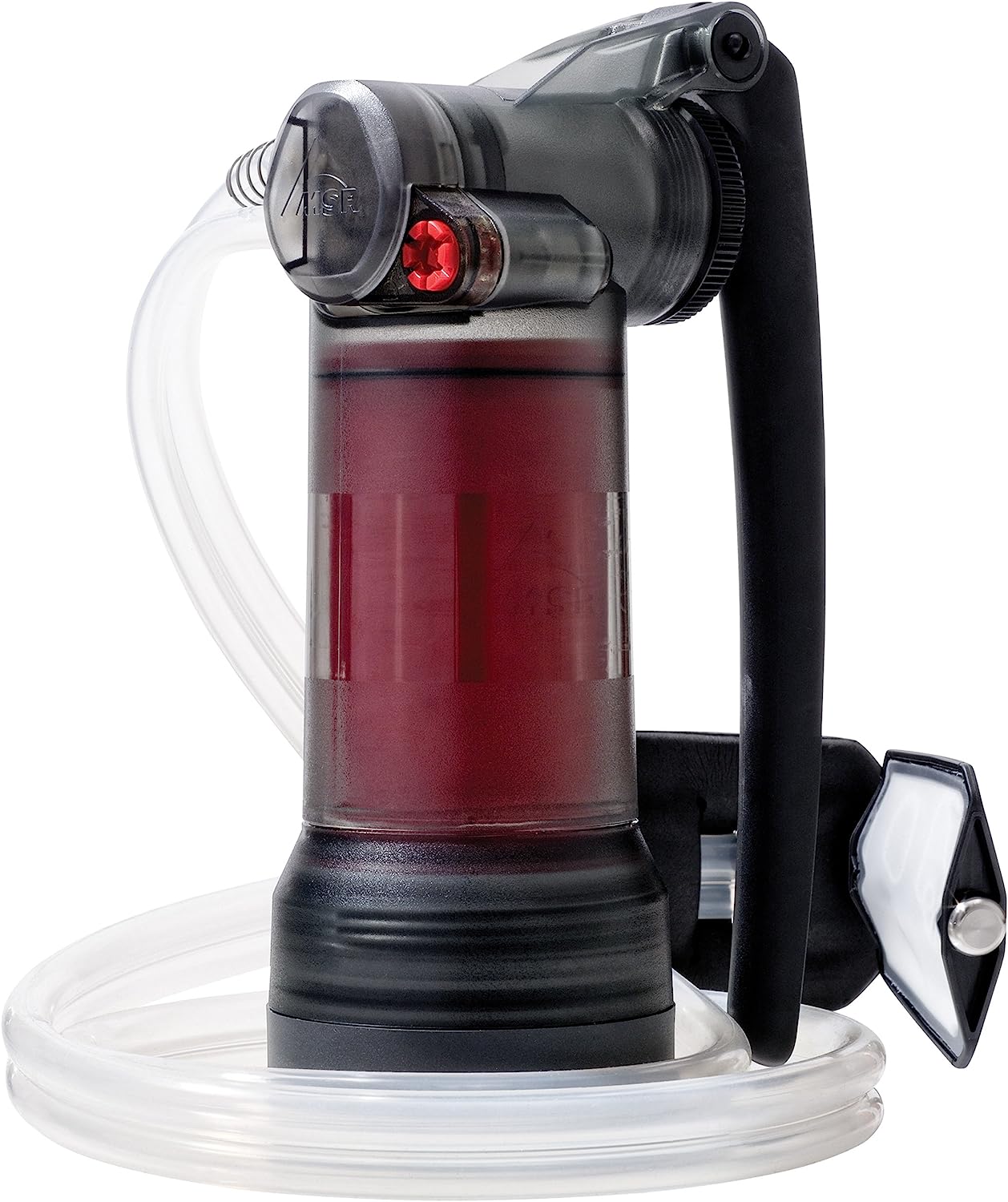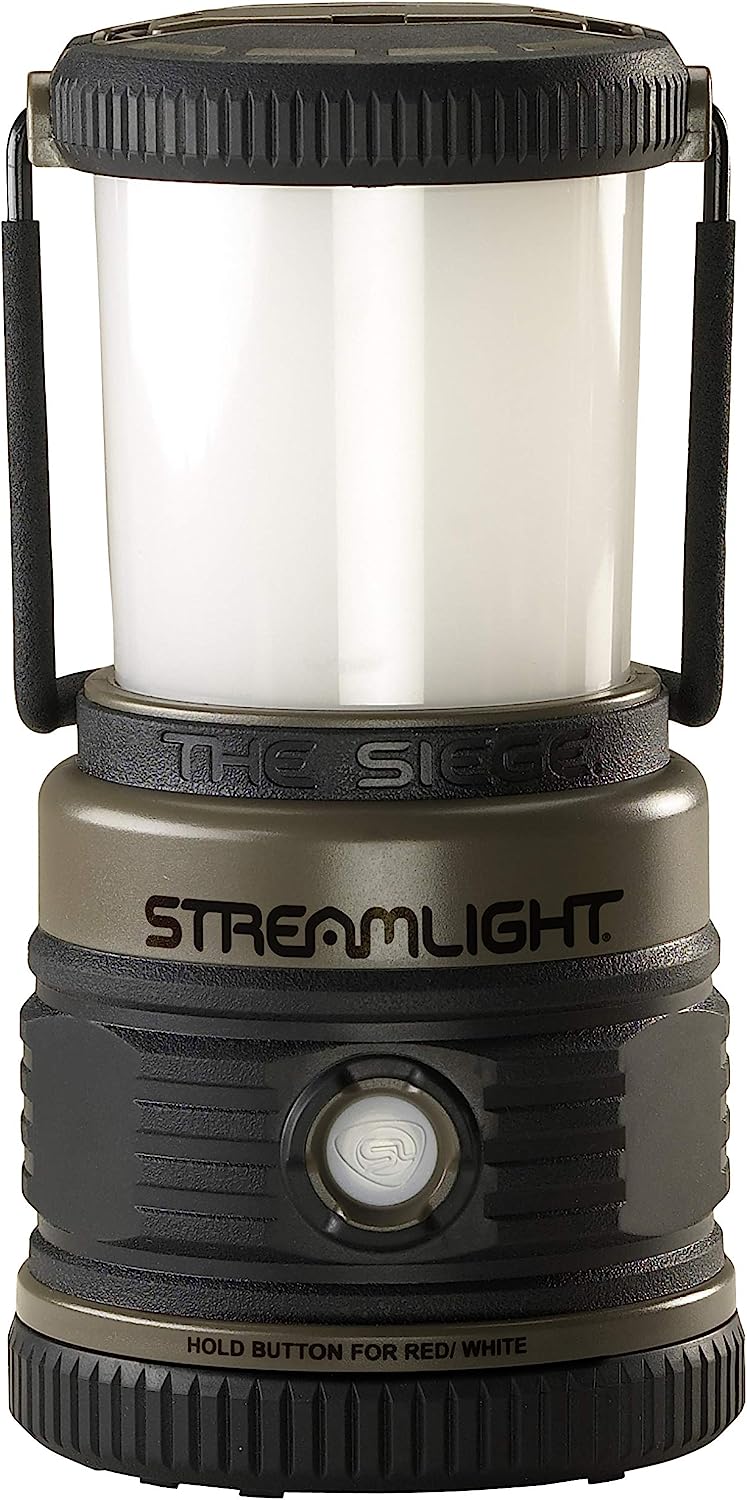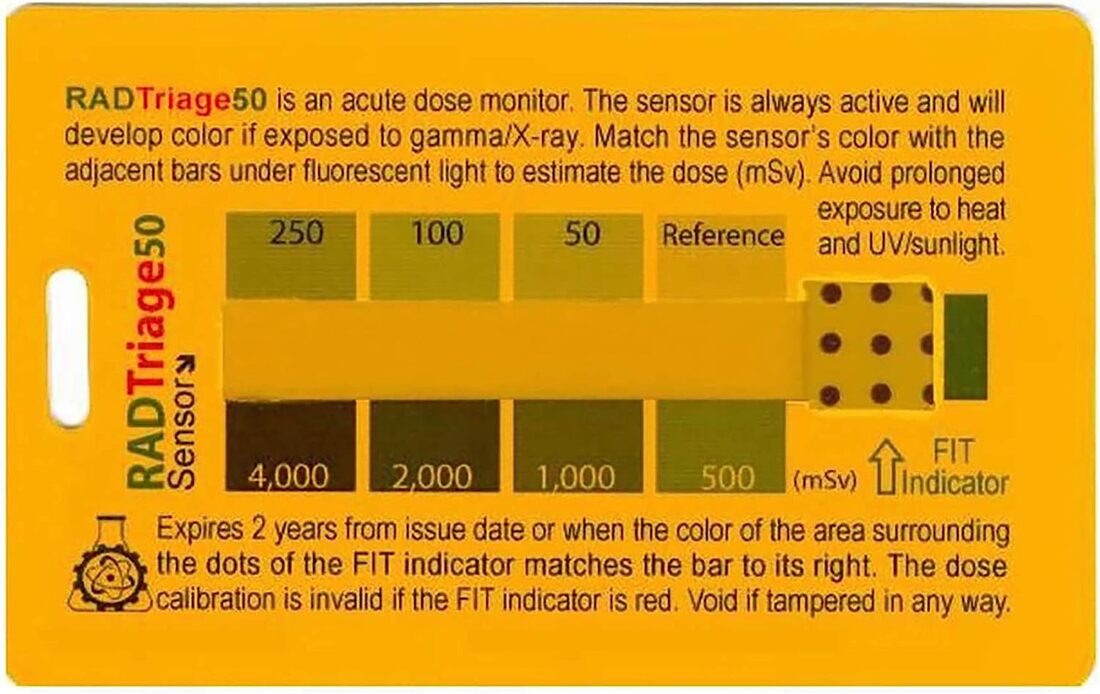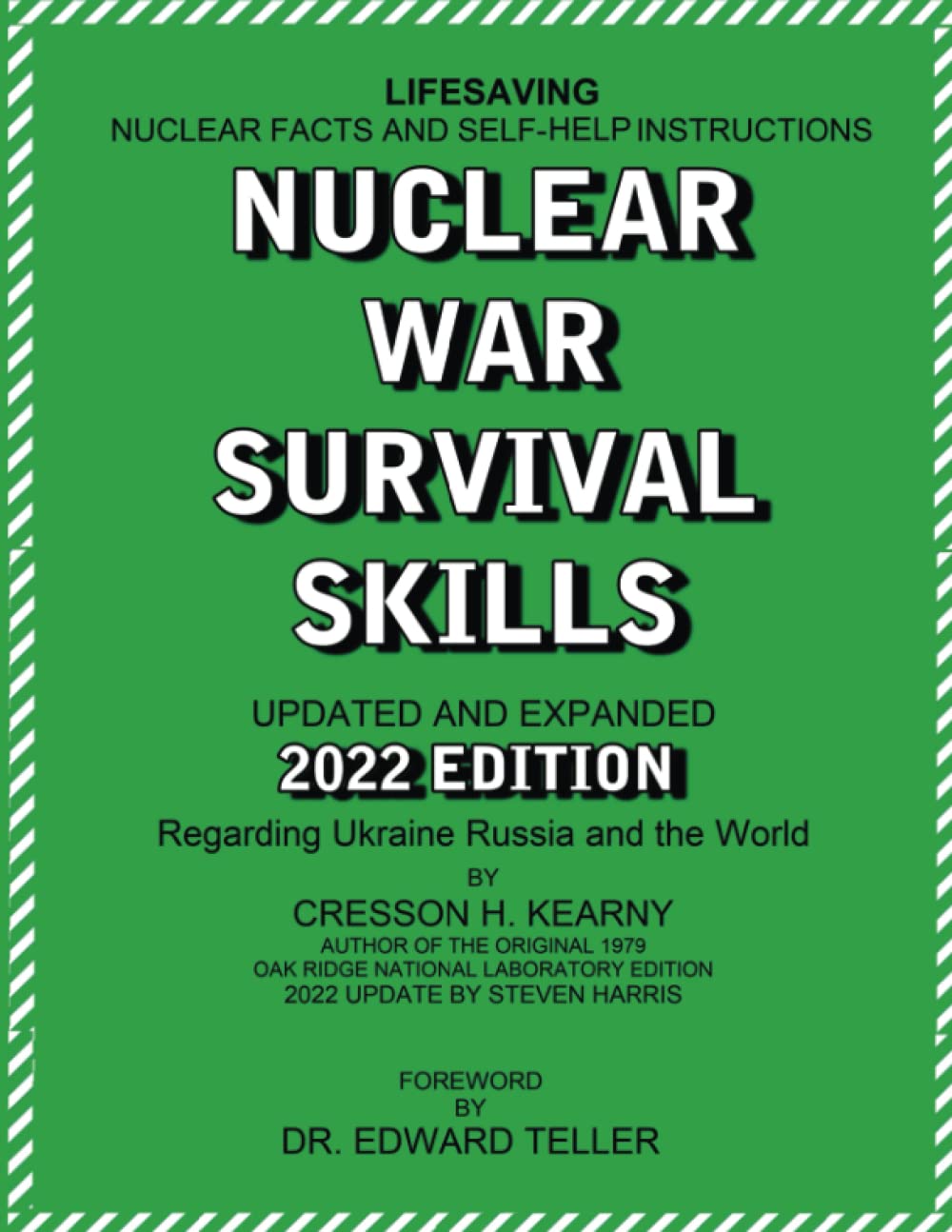This is an indicator of potential nuclear war. What the article is saying is that not since the 1980s has France sortied three-fourths of its boomer (SSBN or ballistic missile submarine) fleet at once. Usually, one will be deployed, one coming home/going out, one in port, and one in refit. Sending three out at once makes the majority of the nuclear force available to respond. Not that they can't do that from the dock, but that makes them vulnerable to an attack or a first strike. At sea, they are practically invisible and safe.
How serious is this indicator? I haven't worked up a scale but this is more than just talk. It is expensive to send three SSBNs out at once. Making veiled threats is talk. Disclosing that NATO is making plans is talk. A triple deployment that wears out men, creates three times maintenance when they come back in, and potentially raises tensions is not something you do lightly. On one hand, Macron may be making a prudent defensive move just in case things do go mushroom shaped with the Russians. On the other hand, this could be a deterrence tactic to keep Putin from going nuclear. I'd like to think that Trump would be doing similar moves. He supposedly told Putin we'd bomb Moscow if he invaded Ukraine on his watch. Maybe we'd see boomers deploying from Bangor, WA, or Kings Bay, GA. Perhaps B-52s would be taking off at once and flying airborne nuclear patrols as they used to in the '50s and '60s (see Operation Chrome Dome). Nuclear readiness and moves like this have been part of deterrent strategy for seventy years now. What would move me from "Huh, that's interesting," to "Maybe this is getting real," would be similar moves from other countries. The UK has four Trident missile subs themselves, the Vanguard class. If the UK sortied three or all four of their boomers, that would be concerning. The US sending out a conspicuous number of our Ohio class SSBNs or all of them that aren't totally torn apart for refitting would be a major sign something isn't right. So right now, this is time to sit up and pay attention. I'm sure that if the US raised the DEFCON level (we're probably at 4, I'm guessing) and started increasing its nuclear posture for real, we'd hear leaks. It's hard to hide the fact that a nuclear missile submarine deployed. It is not time to panic, it's time to prepare while you still can. Whether or not WWIII breaks out this year or not, the window to get prepped for SHTF is closing. Soon inflation and shortages will make today's rising prices seem trivial. Also, please buy my nuclear survival book. If you buy a digital copy, it will be updated with the latest revisions from the current emergency edition. Red=missile fields and bunker targets. Blue=rough nuclear fallout plumes. Total coincidence that states with higher basement rates will/may also experience higher fallout rates in a nuclear war. Although the dangerous fallout will be confined within 50-100 miles or less.
With World War III literally approaching, it’s time to discuss nuclear survival skills. Do you live in an above-ground house on a concrete slab with no basement or storm shelter? Are you wondering how you might survive nuclear fallout? Thanks to the inverse square law, you might not actually die from radioactive fallout if you’re forced to shelter in your house. There is hope for us suburbanites and us ranch house people. Protection from radiation is achieved through three means: time, distance, and shielding. Shielding is the best method but also the most difficult to achieve because of the weight and expense of the material. Nuclear fallout protection to most means living a shelter behind thick walls of masonry or in a basement. I too struggled with this in my own examination of what to do in case of a nuclear war. Stacking sandbags might be possible, but overhead cover was a problem and the thin walls of a house do little to stop radiation. Simply keeping your house free of fallout and getting to the very center can cut your radiation exposure by up to 99% if you can get just 10 feet away from the outside. Starting with distance, radiation decreases in strength the further away that you are; this is known as the inverse square law. So two feet from a radioactive source of 100 R/hr, gives you 25 R/hr. At ten feet, 100 R/hr coming through the wall is 1 R/hr ten feet away. Unfortunately, when it comes to fallout contaminated sources like the roof or ground outside, it is not so simple. For nebulous reasons, radiation from such planar sources will not fall off with the inverse square of the distance. Regarding linear sources, “The inverse square law becomes inaccurate close to the source (i.e., about 10 times the diameter of the source)…The inverse square law holds true only for point sources; however, it gives a good approximation when the source dimensions are smaller than the distance from the source to the exposure point.”[1] At near distances, "the exposure rate falls off a little slower than 1/d (i.e. not as quickly as a line source). As the distance from the plane source increases, then the exposure rate drops off at a rate approaching 1/d2."[2] So the inverse square law, as you are well removed from the source, is grossly approximate. So the above calculations should be illustrative of the principle rather than definite facts or a formula one should use. The inverse square law should be seen, in the context of nuclear fallout contamination, as a generic understanding of how distance contributes to the reduction of a radiation dose, not as an iron-clad rule. Basically, to get the one percent at ten feet benefit, in a fallout situation you have to be very far away. Even so, there will be a significant reduction with increasing distance, enough that in low radiation count areas sheltering-in-place is viable. A very large building, like an office or church, may be a better choice than a home. Those in homes without a basement are best served by relying on improvised shielding in the center of the house. Typical American homes, on the first floor, may have an unshielded PF of 2-5. That is, inside the radiation is one half up to one-fifth of the radiation outside. For example, 100 R/hr outside could be 50 R/hr to 20 R/hr inside. To take advantage of the protection of distance, shelter should be sought in the part of the house that is furthest from the outside; the most interior portion, both vertically and horizontally. For some this could be a large room, the inside corner of a room, a closet, or a hallway. [1] Dept. of Energy publication (DOE-HDBK-1122-99) [2] Ibid. Now there will be no algebra here, but if you double the distance from the source, the strength of the radiation becomes one-quarter as intense. Ten times the distance the exposure is 100 times less. For example, if the radiation level is 100 R/hr outside the exterior wall, and you are ten feet inside the house, the radiation inside will be 1 R/hr inside. You go from a 50/50 chance of death to perhaps a slightly increased risk of cancer. The way this works is that the photons of the gamma radiation is spreading out as it travels making it less concentrated and thus less likely to hit you. The lower the concentration, the less intense the radiation. There is more space than there are photons so what is happening is the chance of being struck is decreasing as you move away from the source. Imagine the radiation is like birdshot, except this birdshot keeps flying. Eventually, the pattern of the shot will spread out so much that the odds will get higher and higher for a duck to actually get hit. This is why people are told to shelter in the center of buildings. Once you understand the inverse square law the advice to go to an interior room or hall and hide underneath a mattress doesn’t sound so stupid. Lower overall radiation outside really helps enhance survivability, but the point is if you can get well away from the fallout and keep the house sealed against it getting in, fallout doesn’t have to be a death sentence if you are aboveground without shielding. Radioactive fallout is caused by surface bursts which suck dirt and debris into the fireball where it is irradiated and falls out. Most major cities will probably be hit by air bursts which stomp large areas flat and start fires, but don’t create appreciable fallout. So if you live miles away from a major urban area or non-hardened target, you should not have your house destroyed. If you live downwind of say a missile silo that required a ground burst to destroy the missile inside, you will have to worry about radiation. For instance, those in Ventura, California, will have to worry about fallout from Vandenburg SFB if there are ground bursts, but there will be no blast damage (unless the nearby Navy bases are nuked). Check out the Nuke Map and look at your risk. As we’ll see, a lack of blast damage will be important. To take advantage of the distance effect, shelter should be sought in the part of the house that is further from the outside; the most interior portion, both vertically and horizontally. How far into the house you’ll need to go is dictated by the radiation level outside. For some this could be a large room, the corner of a room, a closet, or a hallway. The protection factor will decrease the further you move towards the exterior, but overall fairly gradually. So if you aren’t at the absolute center of the house, don’t panic. Ideally, you will want a room that doesn’t have a direct line of sight to exterior doors or windows, that is a wall in between you and the outside, but again, don’t panic because a window or wall will make little difference to the laws of physics. Vertical protection is the hardest problem because fallout will settle on the roof and radiate downward. In a one-story house, you’ll need to sit or lie on the floor for the most protection. I would get a very stout table and stack whatever dense objects I had on top and spend most of the time lying under it. In a two-story house, the ground floor is best as the second floor will give you the protection of the space of the rooms above you. Fallout infiltration Note that we’re assuming that the house is intact to start with. The roof is not ripped off, the windows are not broken, and there are no holes in the wall. Broken windows can and should be boarded up or have cardboard placed over them AND sealed tightly with plastic and tape. Some structural breaches can be fixed the same way, but you should probably find an intact structure to shelter in instead. Fallout must be kept outside. It’s not a poisonous gas, but instead bits of pulverized material down to microscopic dust in size. The first line of defense against ingress of particles is by shutting all the doors and windows. A sealed house will still admit some fallout through infiltration. Usually this is via comparatively large gaps like vents, door sill gaps, and bad (or no) weatherstripping. Smaller cracks and gaps all over the house can let in more. Air also naturally enters a home through small cracks, gaps, and joints where floors, walls, and roofs connect. This uncontrolled air flow could be characterized as leaks. All homes have minute gaps in the construction where air moves around between the walls instead of windows, doors, and deliberate vents. One term for this is “adventitious ventilation.” In other words, all the joints that opened slightly over time or were constructed loosely. If you have a draft or bugs coming through a wall from outside, that’s what we’re talking about. Tightly built houses need mechanical ventilation to exchange the air. A newer house will be tighter and have less leakage than a new house, generally speaking. There really is no good way to find out on the fly if your house has adventitious ventilation. However, worst case scenario, you’re probably not going to suffocate in a “tight” house with the windows closed and vents covered. This kind of poor construction or natural aging can aid you in a fallout situation because the gaps aren’t going to admit radioactive particles into to the house very well. Some airflow will be permitted with everything closed and sealed off through these gaps. I would not rely on this and for normal living the gaps should probably be sealed anyway for efficiency and less pest intrusion. You will need to pay special attention to the designed openings of your home to prevent gross fallout infiltration. While all homes share some features, each case will vary. Let’s look at what needs to be closed off. The chimney Fallout may enter through the chimney, even if topped with a cap or spark arrestor. It is a big liability. Particles need to be trapped within the brick or steel of the chimney/firebox or stove/pipe as the bricks will offer the best shielding. If fallout enters the firebox, the radiation will come into the room at the level of the hearth. Therefore preventing fallout particles from falling into the firebox. Top and bottom should be closed, but the most accessible for average folks is from inside. Close fireplace or stove damper. Dampers are usually closed by means of a lever at the top of the firebox. Push inwards towards the back to close, like a drawer. Typical dampers do not close tightly. The gap around the damper blade to the brick interior of the smoke chamber is ¼” (good and uncommon) to ¾” (typical). Large particles can be stopped by wedging a carefully sized piece of cardboard into the flue, but this can come dislodged or still have gaps. You may also tape plastic on the bottom of the damper to create a seal, but note fallout will be resting inside the firebox instead of the flue. Another alternative is to stuff the chimney above the damper with whatever you can, such as blankets or newspapers. Only do this before fallout arrives as any radioactive particles that enter may get caught in the soot which you may dislodge. Close any doors or vents in the face. If the face is open, put cardboard or something similar in and seal both open and glass fronts with taped plastic sheeting. Block the firebox opening with shielding such as a thick piece of steel, sandbags, boxes filled with earth, bricks, or thick books. Stoves with a tightly sealing doors should be alright as-is due thick steel construction if the chimney is closed as above. The second and most important line of defense is the top of the chimney to prevent ingress in the first place. The problem with this is that not many people will have ladders. If you can do so with reasonable safety from both falls and radiation exposure, seal the top of the chimney in plastic. This may require removal of a cap or spark arrestor because wind tugging on the plastic may be shredded by the metal edges of the topper. All the sealing media has to do is not come flying off in the wind and remain air and weather tight. Plastic sheeting or a few layers of thick trash bags can be folded over the top of the chimney like a bag, with plenty of overlap (at least a foot) over the sides. The overlap is then tightly tied or otherwise secured around its circumference. Bungee cords, ratchet straps, or taught rope can be used. Make sure everything is cool before attempting anything! Clean the wood ash out of the firebox before beginning. If you are unable to do any of this and fallout enters the firebox, promptly sweep and remove them outdoors, while wearing PPE. Note that as stoves are typically mounted further into a room, any radiation inside will enter the room from all angles of the stove, where as with a chimney roughly half will be going outside. Rooms with contaminated stoves should not be used to shelter in if possible. Be sure to remove all obstructions and sealing materials before use. Also have a professional sweep clean the chimney as soon as possible, if they still exist. Windows, doors, and hatchesSealing the windows is most important if they are broken out. If you have not replaced your cheap aluminum framed windows with double-paned insulated windows, you may have a poor weather seal and may want to seal even if intact. Tightly fitted modern windows with no drafts should do fine on their own without additional sealing. Tape windows before a blast in a X pattern to help prevent shattering or shards, especially if they are older non-laminated panes. If you have storm shutters or can board the windows up, do so. You will need a ladder that is tall enough to get you to at least eye level with the top of the window frame of your highest window. Seal windows with plastic sheeting and duct tape airtight to prevent ingress of fallout particles. Taping the outside of the window is best because any wind blowing against the plastic should flatten the sheeting against the window, creating a more effective seal. Sheeting needs to be securely taped without gaps or tightly stapled directly to the wall. If using staples there should be no gaps in the plastic between staples. Aluminum siding or stucco may require furring strips to secure the plastic as it will be difficult to staple into those materials. The furring strips can go over the plastic to “pinch” it in place or the plastic can be stapled to the strips. In the pinch method, the plastic and furring has to go in at the same time. Note that in either case, the edges and gaps will need to be sealed with duct tape or caulking. For staples, the punctures from the staples may weaken in the wind and tear, so tape over those to lessen the possibility of fallout dust entering there. If you are unable to install furring strips or staple the plastic directly to the walls, tape it to the window frame. This is a lot easier if the window frame is wide. Cut the plastic slightly larger than the glass to overlap just enough to get good contact with the tape. Tape should be on about half frame, half plastic. Be sure to cover or tape any small vents or drains in the frame. Exterior doors should be sealed the same as windows. The last door, the one used to go back inside the house, should have the plastic secured at the top so it drapes over the door. Extra plastic should be used to allow for overlapping. One method is to weight the bottom overlap down with a hand going around the side of the plastic while the door is open. The intent it to pull the plastic tight enough that it affords some protection. The second method is to pull the overlap in the door and shut the door on it. Tape the gap between the door and the doorframe with duct tape and optionally seal the interior side of the door with plastic. Plastic on the inside is an insurance policy to keep any fallout from getting any further into the room if the outer plastic doesn’t do its job. Garage doors will be tricky because of their size. Replace your weatherstripping ahead of time if you can. One sign of this being a potential problem is dirt and leaves that are blown in even though the door is shut. The bottom can be protected by piling dirt up along the bottom outside, sand-filled socks intended to stop drafts, or closing the door on blankets put underneath. Tape the gaps between the roll-up panels. Tape the top, bottom, and side gaps along the doorframe. Hang plastic tightly if you can, weighting the bottom heavily with lots of overlap extending on to the driveway. Place sheeting on the inside as well. If you can only sheet one side, the inside might be easier. You may only be able to sheet the top and sides of the garage door, but this is still okay. Be sure to seal any “suicide vents” or louvers in the garage as well. Seal the attic hatch or access; attics will probably be the second leakiest place next to the garage as both are ventilated. Treat it like an exterior door or window. You may want to wrap duct work as well. Close the HVAC registers in each room and consider sealing them as well. Remember that contaminated attics just bring the fallout closer to your head, so treat them as part of the interior. Vents Homes are filled with an abundance of vents that can admit fallout and these will probably be the biggest liability you have beyond poor condition weatherstripping around the garage door. Seal all exterior vents not intended for ventilation. Vents intended for sheltering ventilation should have filters placed over them. Some example of vents to check for are:
VentilationYou have to let some air in. This becomes more important the newer and “tighter” your house is built. Using the adventitious ventilation is possible in a lot of homes that are older or built cheaply with a lot of gaps, but it shouldn’t be relied on. Frankly I would go into the attic and put a quality furnace (heater) filter over the inside of the gable vents, taping the edge gaps tightly, and do the same thing on the outside. The outside filter will be less effective because of greater exposure to the elements. Depending on the weather and degree of fallout, I may seal the southwest vent and use the northeast one because it has more wind protection. I can then leave the attic hatch open if I want to let air come in to the house proper. We will have the protection of the rooms and hallways in between to catch any fallout that comes in. One way of moving air inside the house is to use what’s basically the sheet flapping method to generate air movement. Cresson Kearny details this well and several more efficient methods to just fan the air to get circulation going. Probably for peace of mind I would also setup an exhaust fan to blow air out. With a proper seal and enough force, fallout will not enter against the force of the fan. If you’re hiding in a closet or have taped up a hallway with plastic, you’ll need to filter the air. Most likely you’ll be doing this if the house is breached and contaminated. You will need to construct a homemade air filter using objects around the house, which is totally possible with some imagination. If you need to get ventilation from a window or something, open it. The higher the window is off the ground, the better as it will be further away from the majority of fallout which will be on the ground. As long as the window is intact, leave it or the opening half uncovered by plastic. Get some sort of filter on the outside, taped up securely so all air passes through the filter. If you can’t get a filter, use bedsheets or something that will let air through, but not dust. Put this on the outside. If you can manage enough airflow, put one on the inside as well. Leave the window open until the air freshens up and repeat as necessary. I would choose a window that is not exposed to prevailing winds nor would I open it in anything stronger than a light breeze. A strong breeze or wind may force radioactive dust in. Keep in mind that any fallout caught in the filter will stay there and be radioactive, so you should not be occupying that room and be at least ten feet away, preferably behind a wall. In short Keep the fallout outside and get as far away from it inside as you can. Churches and warehouses with very high ceilings would be excellent group shelters.
The term “drone” has become synonymous with Unmanned Combat Aerial Vehicle, or UCAV, and small UCAVs have become common in modern warfare. Small, modern consumer drone has become a staple of irregular warfare. Cartels have mounted automatic weapons on drones and ISIS used them to drop bombs on their enemies. No longer a plaything or innovative camera platform, drones will be used in any domestic conflict in the United States. To date, irregular forces have used drones for:
ISIS often dropped munitions out of a plastic tube when released remotely by a servo motor. 40mm grenades were popular with ISIS as they were light and could be lofted easily by consumer Quadcopters. Larger drones can drop 60mm and 81mm mortar bombs. Homemade bombs often using plastic explosive have been seen in Latin American cartel wars and in the Middle East. Weapons don’t need to be dropped; a more accurate strike, at the cost of the drone, can be delivered in a kamikaze attack involving terminal guidance to the target and detonation. Payloads depend on speed and range required. Maximum payload for a large quadcopter is about 4-5lbs. Optimal payloads are on average half a pound or less, up to 1.25lbs or half a kilo. About 1lb of C4 explosive is enough to destroy a truck. Bare explosives can be studded with ball bearings or other metal to create shrapnel; however, this may take the weight limit over what small drones can carry. In addition to the above discussed surveillance and reconnaissance roles, armed drones will be used in direct combat. Area fire that is ordinarily accomplished in militaries by mortars, artillery, and grenade launchers will be done by drone. Americans just won’t have access to these weapons the same way that Afghans and Iraqis did. Explosive armed drones themselves may be flown directly into targets and detonated in the same manner as militaries employ missiles. Drones may be used in the following manner to kill:
Immediate action drills
Shooting down drones Shotgun drone shootdowns are not uncommon. To date, it has largely been on the range, by an annoyed neighbor, or by an angry man who caught the drone peeping. Based on the limited information provided, these drones were close and not attempting to evade. Drones engaged in combat operations will try to remain as distant as possible and should evade, making a shootdown more difficult. Drones are designed to be lightweight and thus quite fragile. They can be easily damaged by high velocity projectiles. Any impact may cause the drone to lose orientation and crash; the more violent the better. Shotgun shells may be the best chance at shooting down a drone at low level and a good skeet or trap shooter should be the one to make the attempt. Range, altitude, and the drone’s speed will all factor into the ability to hit it as much as the ability of the shooter, the gun, and the ammunition used. Wind, temperature, and altitude can affect range as well. Birdshot: No. 8 shot is reported to be effective, but at an unknown altitude and range. Magnum shells and specialty loads may have additional capabilities. Buckshot: Because buckshot has more mass, it has a horizontal range of up to around 75 yards. The greater mass would cause more damage to a drone. Specialty shells: 12 gauge Skynet Drone Defense ammunition, a three-pack retails for $20-25 as of this writing. The shell contains six weighted tethers in a star shape that is designed to entangle the rotors of the drone, causing it to crash via loss of control and lift. Other weapons: A .177 air rifle pellet took down a drone. A felon shot down a police drone with a .22 rifle.[1] There is nothing that would rule out using an AR-15 or other type of weapon or cartridge over a drone. Jamming works by either overriding the control signal or depriving the drone from receiving GPS signals. Jammers may be difficult to purchase due to shipping restrictions and price. Some devices capable of drone or GPS jamming are available out of the box and do not require extensive technical expertise but may suffer from low signal strength and poor antennas. One such product is the Hack RF One with additional aftermarket antennas and software. Homemade models can be built if one has the technical expertise. Drone air-to-air combat Shooting down a drone with a gun is not going to work against a pilot who is anticipating anti-drone fire, actively evades, flies smartly, and keeps the drone out of range. This means that the fight will need to be taken to the offending drone. Anti-drone air superiority will become a thing. All combat is about what happens on the ground. Aircraft were first used in military applications for reconnaissance, then bombing. Naturally, the countermeasure was to develop fighter planes that specialized in shooting down aircraft. While fighter vs. fighter combat has captured the imagination and hearts of fighter pilots all over the world, the actual job of air superiority is to deny the airspace to the enemy. If fighter jets are waiting to shoot down his bombers and transport planes, he can’t use his air force to support his ground troops or attack the enemy. Though it would be expensive to have a lot of remote control planes and drones, it is possible to use drones against drones. Note however that one would have to fly their remote control aircraft physically into the drone to knock it out of the sky. For your small UCAV, this will be a suicide mission. A light and cheap drone that can climb to a decent altitude and fly fast would probably be ideal. Practice can be done with easily repairable drones. An experienced drone pilot may be able to accomplish a mid-air collision without much rehearsal. The kinetic impact should be all that is required to crash most consumer quadcopter types. Once downed, the wrecked drone should be captured for intelligence exploit or an ambush can be setup to wait for the enemy’s recovery attempt. Bottom line Are you likely to be killed by a drone?[2] It is highly unlikely. In a future destabilized America immersed in urban combat, most deaths will be caused by famine and disease, followed by gunfire, as in most wars. Drones will be problematic mostly as a reconnaissance and command & control tool. I would be more worried about a looting gang launching a drone to see who is asleep before the 3 AM attack than I am someone flying a drone with C4 through my bedroom window. Note: this an adaptation from my non-fiction book Suburban Warfare: A cop's guide to surviving a civil war, SHTF, or modern urban combat, available on Amazon. [1] US Attorney's Office press release, "Lake County Convicted Felon Indicted For Illegal Firearm Possession And Destruction Of Aircraft," October 13, 2021. [2] A civilian, consumer drone, not a government one, that is. |
Author Don ShiftDon Shift is a veteran of the Ventura County Sheriff's Office and avid fan of post-apocalyptic literature and film who has pushed a black and white for a mile or two. He is a student of disasters, history, and current events. Archives
May 2024
Categories
All
As an Amazon Associate I earn from qualifying purchases.
|

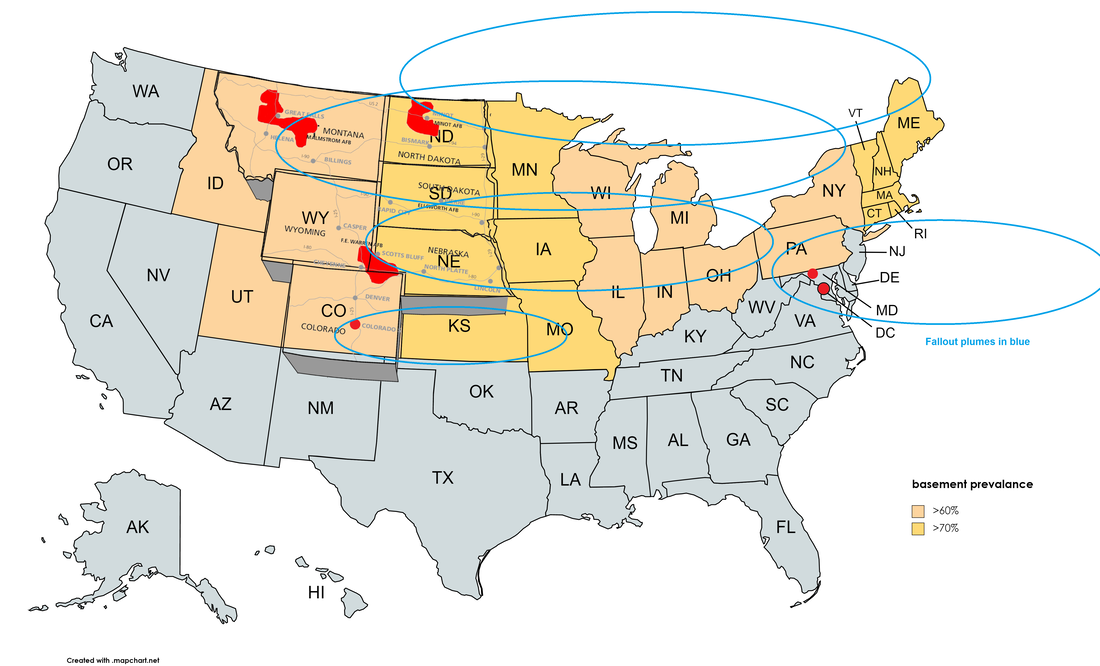
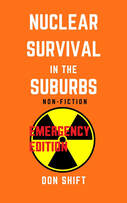
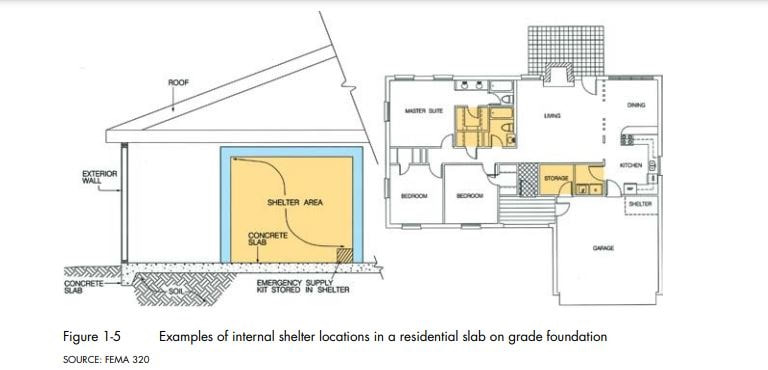

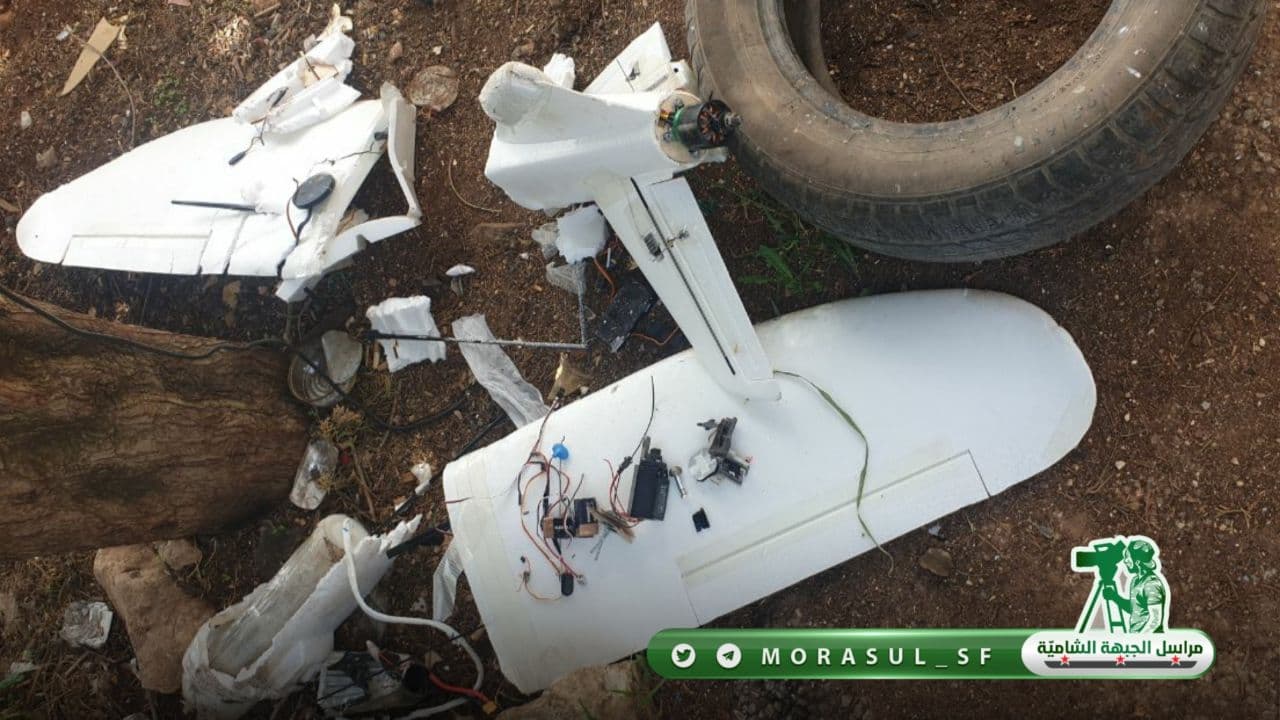
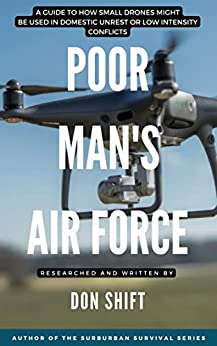
 RSS Feed
RSS Feed
